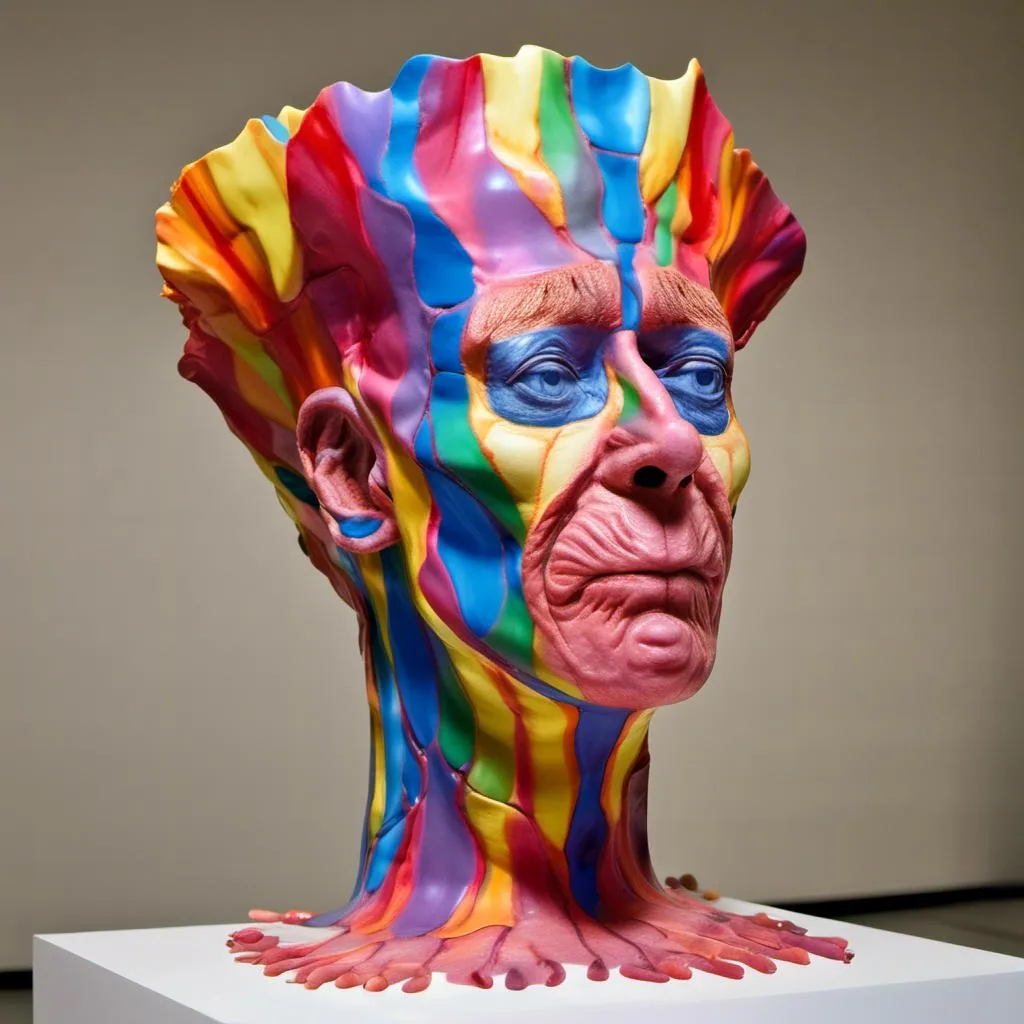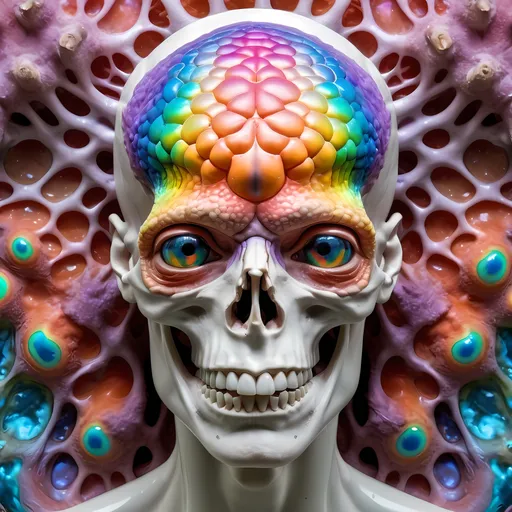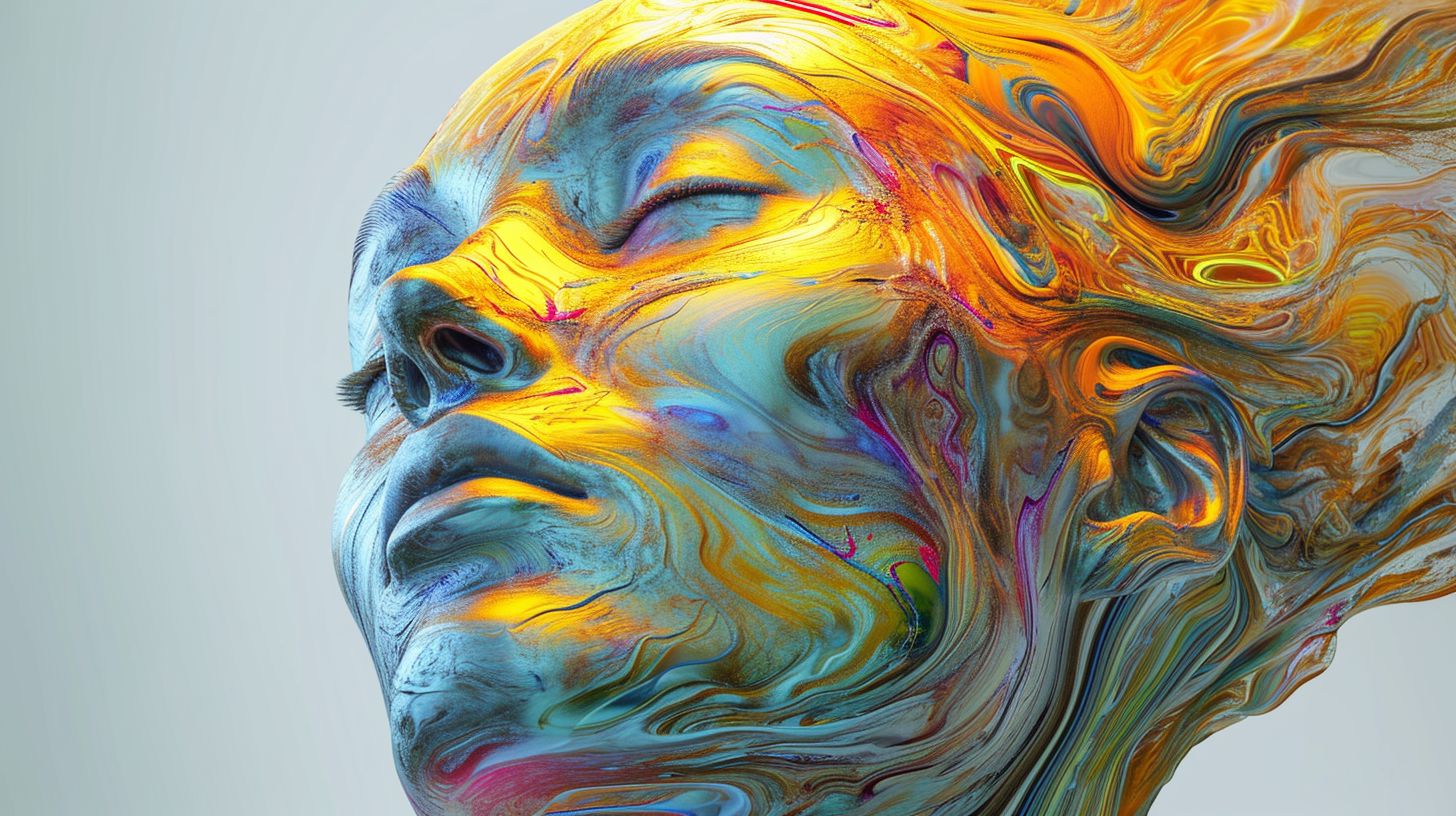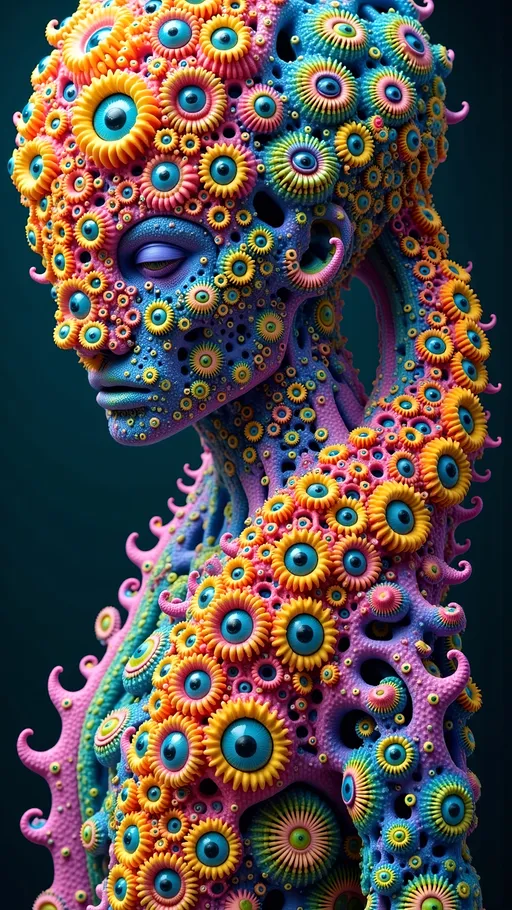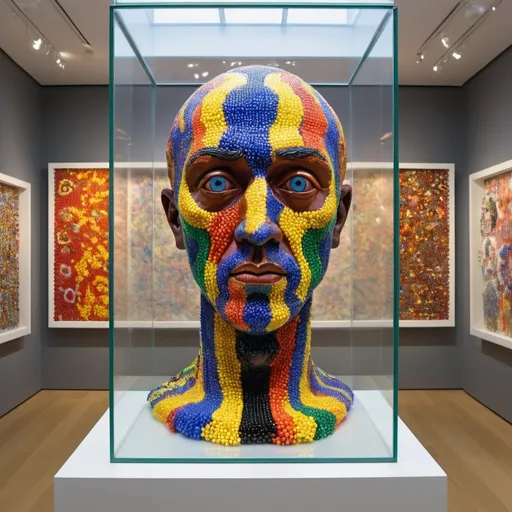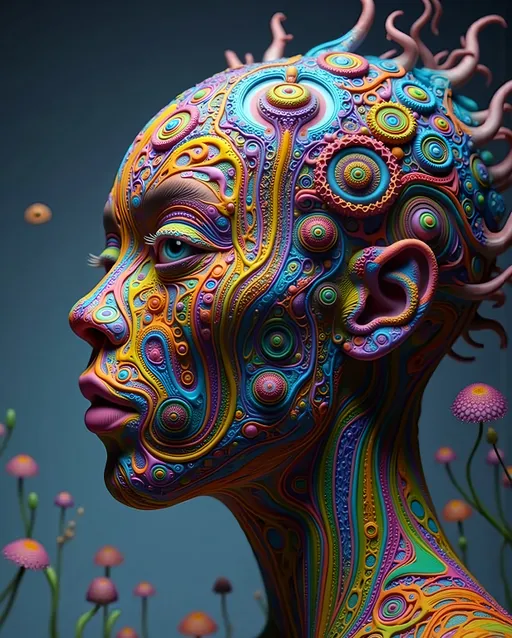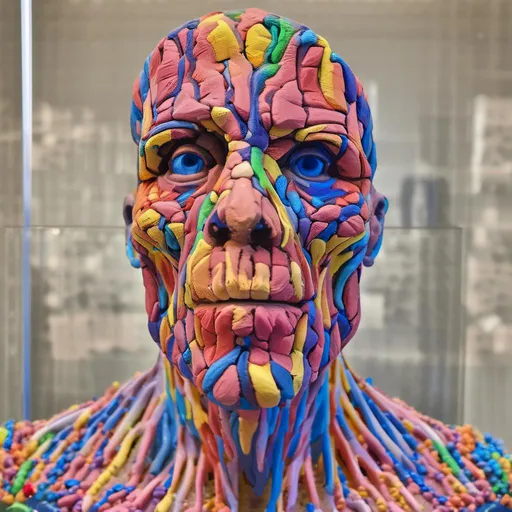Bruno Baschiri #FRPW #anarchy #cannabis #freedom
Model: 4817fc11-db64-45b8-9c97-fb1d9a88385e
Prompt:
Gunther von Hagens
Gunther von Hagens (1945-2013) était un anatomiste allemand connu pour ses exp...Show more
Width: 1024
Height: 1024
Scale: 5
Steps: 40
Seed: 249761983
Create your first image using OpenArt.
With over 100+ models and styles to choose from, you can create stunning images.
